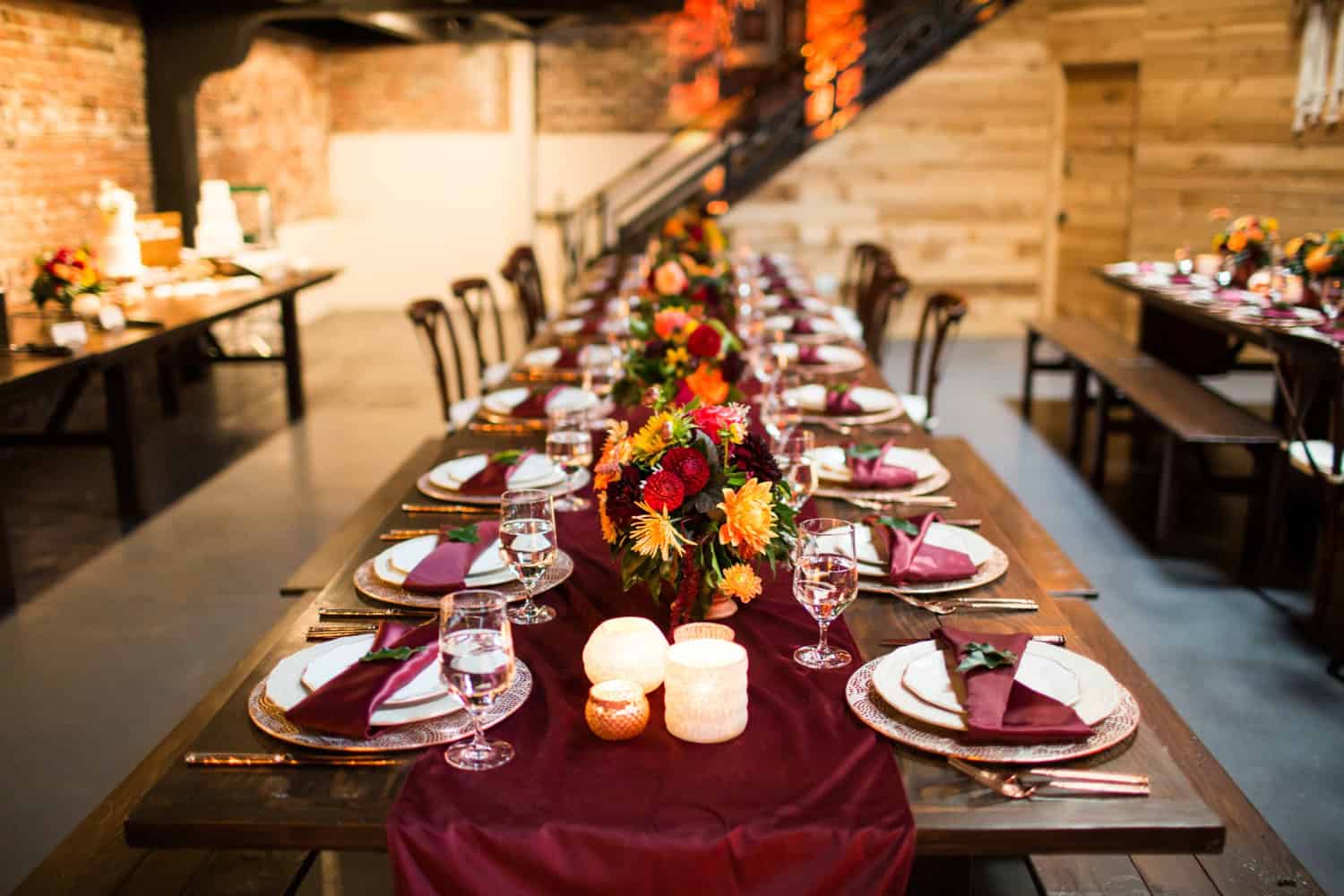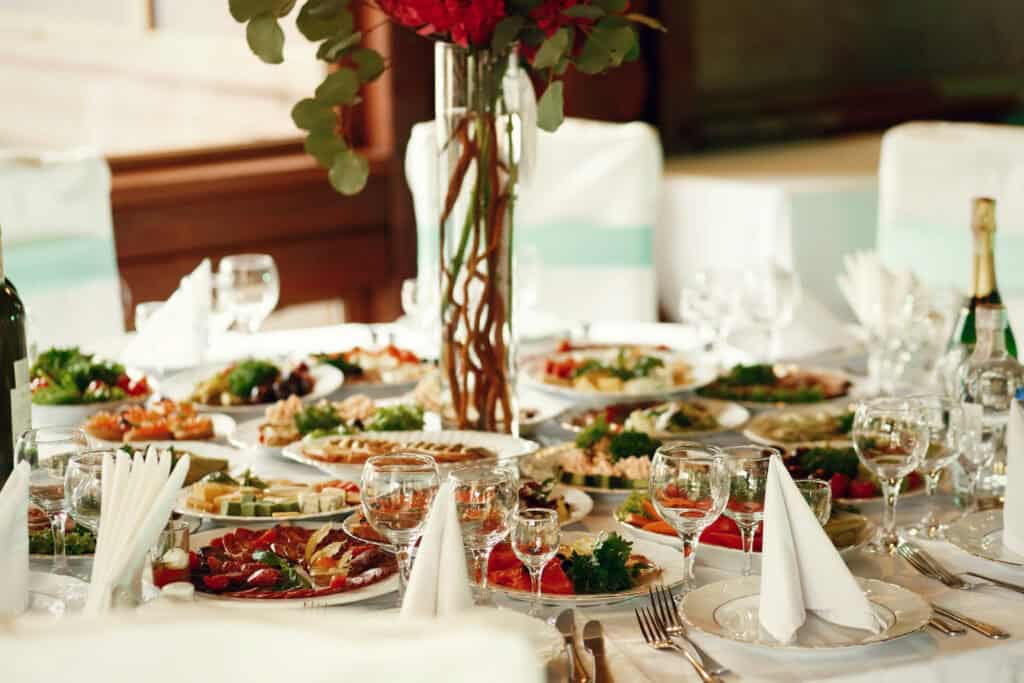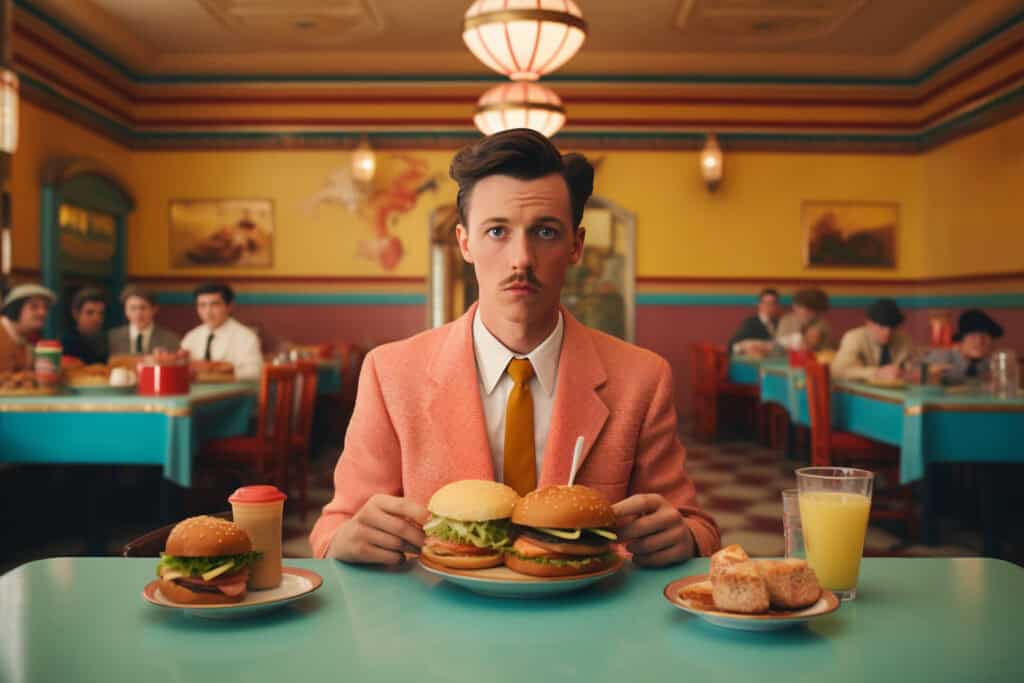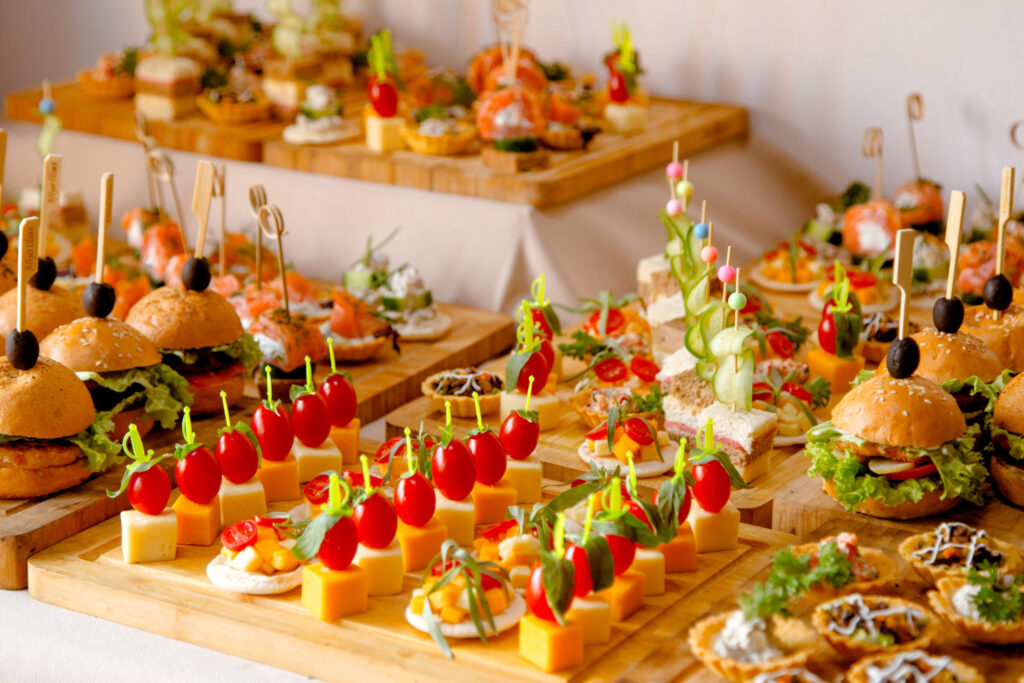
By Jermaine Thomas June 26, 2025
Nowadays, catering is more than just serving delectable food. Every plate in today’s visually-driven society has the capacity to convey a narrative. Chefs and event coordinators can now combine creativity, culture, and cuisine to create unique experiences by embracing the idea of storytelling in catering.
As a result of this change, catering has expanded into the field of performance art in addition to basic food delivery. Whether the catering theme is a modern fusion, a rustic harvest, or a fond childhood memory, thematic presentation increases guest satisfaction and engagement. By using food design to tell a story, events become more memorable and shareable in addition to being more aesthetically pleasing.
Why Storytelling Matters in Catering
At its heart, culinary storytelling invites guests into a narrative that engages the senses. It provides structure and context to a menu, transforming dishes into chapters of a tale. This approach is especially effective at weddings, corporate events, and high-end private gatherings where every element is curated.
When guests understand the story behind a dish, they often feel more connected to the experience. From origin-based ingredients to dishes that symbolize family heritage, storytelling builds emotional depth that enhances the flavor and presentation.

Crafting Catering Themes That Resonate
A strong theme sets the tone for any event. When applied thoughtfully, it gives caterers a framework for menu planning, visual setup, and service style. Themes can be inspired by seasons, locations, books, movies, or even personal milestones. Choosing the right theme requires understanding the client’s vision. Are they celebrating a cultural tradition? Launching a product? Commemorating a special journey? Answering these questions helps shape a cohesive theme that translates well across food, décor, and experience.
Elements That Strengthen Themed Presentations
A number of components need to be in harmony for a themed food presentation to be successful. The theme should be reflected in the colour scheme, tableware, and food styling. An event with a coastal theme, for instance, might feature shell-shaped dishes, blue hues, and seaweed wraps. Furthermore, naming foods according to the theme increases immersion. Try “Sultan’s Feast Skewers” for a Middle Eastern theme in place of “chicken skewers.” These details enhance perception and support the story.
Designing Menus with Meaning
A menu with intention supports the narrative arc. When food selections reflect a deeper meaning, the dining experience becomes more than just eating. Story-driven menus use ingredients and preparation methods that reflect the theme’s essence. Whether it’s sourcing local farm ingredients for a countryside theme or incorporating indigenous spices for a cultural homage, these touches distinguish a good catering experience from a great one. Chefs play a pivotal role here, shaping how the story unfolds on each plate.
Food as a Medium of Expression

Just like a painting or a film, food can carry emotional weight. The color, texture, and arrangement of ingredients speak volumes. When culinary storytelling is intentional, it creates anticipation, delight, and often surprise. That journey of emotion is part of what makes modern catering so impactful. Desserts are especially good vehicles for storytelling. A deconstructed pie may represent reinvention, while a nostalgic treat from childhood may evoke comfort. Playing with shapes and plating methods adds visual interest and depth to the tale.
Catering for Different Audience Types
Storytelling success depends on knowing your audience. While a birthday party might benefit from vibrant colours and playful food styling, a corporate audience might prefer understated sophistication. It’s an art to adapt a story without losing its coherence. Incorporating dietary preferences into the story is also beneficial. Inclusion is ensured by providing gluten-free or plant-based dishes that complement the theme. Falafel, grape leaves, and fruit platters that fit a variety of diets can all be easily incorporated into an event with a Mediterranean theme.
Consistency Across Touchpoints
Storytelling doesn’t stop at the food. Uniforms, menus, signage, and even the language staff use when serving can be part of the story. For example, servers can describe dishes in storytelling language that enhances the theme and makes the experience immersive. Creating visual cohesion helps guests transition smoothly from one element to another. Every interaction, from appetizer to dessert, should feel like a continuation of the same story.
The Social Media Effect
In today’s digital age, visual storytelling serves another function: shareability. Guests often capture photos and videos of events. When your themed food presentation is compelling and photogenic, it becomes natural content for social media. This exposure can serve as indirect marketing for catering businesses. A beautifully plated dish that fits into a visual narrative invites more engagement and brand recognition. It’s not just food anymore; it’s content.
Tips for Story-Driven Social Appeal
To enhance visual storytelling online, pay attention to lighting, backdrop, and negative space. Encourage the use of event-specific hashtags. Branded photo spots or stylized food stations also work well. When the story is told in an engaging way, guests become enthusiastic participants.
Challenges in Themed Catering Execution
Storytelling through catering has its drawbacks, despite its rewards. Creative goals may become more difficult to achieve when budgeting, controlling guest expectations, and making sure logistics are feasible. It’s critical to strike a balance between efficiency and beauty. Excessive presentation complexity can jeopardise practicality or slow down service. To guarantee flawless execution, employees should receive training and work closely with event planners.
Staying Flexible Without Losing Theme Integrity
Unexpected changes, such as ingredient unavailability or last-minute guest additions, can affect your story. This is where experience and adaptability come in. Maintaining the core narrative while adjusting for these changes is the mark of a skilled caterer. Backup plans and thoughtful menu swaps that retain visual and thematic coherence are essential. Keeping the visual story intact while remaining operationally agile sets top-tier caterers apart.

Trends Driving Culinary Storytelling
The rise of immersive experiences, cultural representation, and experiential marketing is pushing storytelling in catering into the spotlight. Guests increasingly want more than good food; they want a story they can remember, share, and talk about long after the event ends. Themes rooted in sustainability, wellness, or regional heritage are gaining momentum. So is the demand for personalized experiences that reflect the host’s identity. The story becomes a bridge between food and emotion.
What the Future Looks Like
Technological innovation, personalisation, and interaction are key components of culinary storytelling’s future. Consider menus with QR codes that connect to the history of a dish or augmented reality overlays that bring the plating to life. These developments provide fresh approaches to stimulating the senses and the imagination. The goal of storytelling is always to connect, even as these methods change. Food is still one of the most effective ways to communicate through theme, flavour, and design.
Conclusion
Catering gives life to the stories that food tells. Caterers can provide more than just meals with careful preparation, imagination, and calculated execution; they can provide journeys. Catering companies can gain a significant advantage by mastering themed food presentation through storytelling in an era where guests seek authenticity and aesthetic appeal. All of the touchpoints are important, from immersive décor to customised menus. In addition, when culinary storytelling is done well, it leaves behind lasting memories rather than just satisfied appetites.